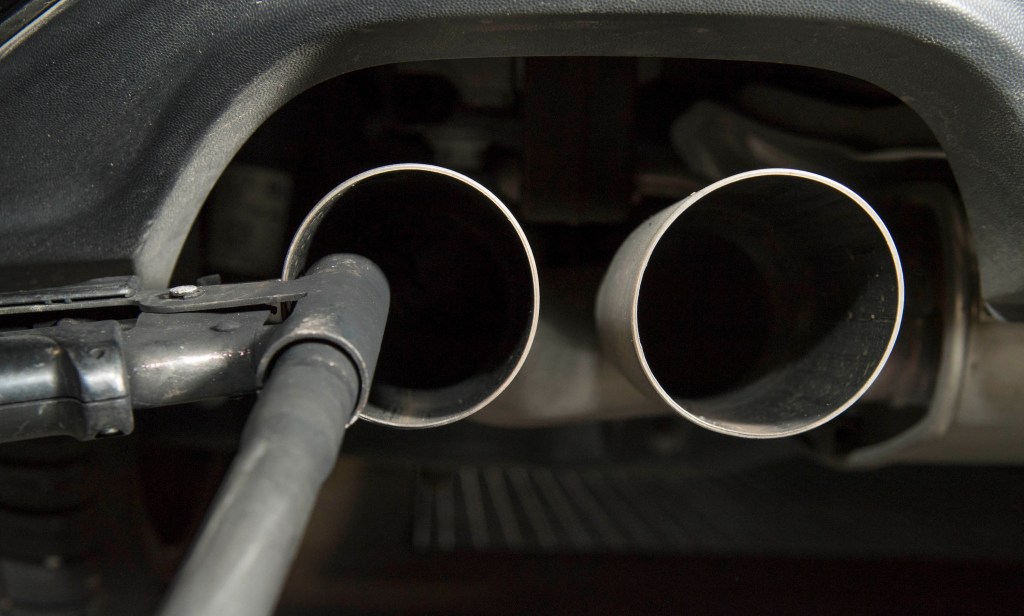
This $2,000 Hack Can Reduce Diesel Truck Emissions by up to 90%
Diesel emissions have been tackled head-on by the automotive industry, diesel fuel makers, and environmental groups alike. Engineering a cleaner diesel system is a top priority as sales of these vehicles have been on the rise, reversing trends. Several modifications can help diesel drivers lessen the pollution their vehicles put out.
Diesel doesn’t have to be dirty

Diesel engines have a different impact on the environment than those that burn gas. While some types of emissions from diesel engines are higher than gas, some are lower as well. Particulate emissions are significantly higher from diesel engines.
As such, the filtration of these particles is where manufacturers focus their efforts. Modern diesel vehicles put out significantly less of this obvious byproduct. Reducing particle emissions is only part of the picture. Gaseous emissions can be controlled with modern solutions too.
Diesel owners concerned with their engines’ effect on the environment can undertake several modifications to improve emissions. Everything from simple filter upgrades to the addition of supplemental systems can be done at home with a little research.
What is a diesel oxidation catalyst?
Diesel oxidation catalysts (DOCs) are a type of low-maintenance catalytic converter built for diesel engines. They drastically reduce the Carbon Monoxide, Hydrocarbons, and Particulate emissions put out by diesel vehicles. These inexpensive parts can be retrofitted to any diesel vehicle to reduce pollution.
DOCs work by exposing exhaust gases created by the engine to a catalyst. In this case, the catalyst is built into a honeycomb structure which provides maximum surface contact with exhaust gases. This catalyst transforms the components of these gasses into water and carbon dioxide.
In short, it turns pollutants into harmless substances. Interested owners can easily find compatible parts online. Many shops that specialize in work trucks will likely be familiar with installation. Expensive installation isn’t necessary for those with a knack for DIY repair.
Closed vs open crankcase ventilation systems

Crankcase ventilation systems are a common source of pollution. These systems eliminate unwanted gasses from the crankcase. The suction created by the intake manifold pulls gasses into a tube, where they’re released into the engine bay. Open systems freely allow these systems to emit byproducts with no filtration.
Pollutants such as oil are often contained in aerosol droplets put by these systems. When an open crankcase ventilation systems build up droplets of these pollutants, they’re often left to drip openly into the engine bay and onto the ground below.
A closed system catches open misting and aerosol droplets from freely released into the engine bay. Carbon can build up in these systems, particularly in older diesel direct injection engines. A modern and well-maintained closed crankcase ventilation system is easy to install and drastically reduces pollution.
Manufacturers have made great strides in reducing the amount of pollution produced by diesel vehicles. Further modifications can improve emissions numbers, sometimes significantly. Installing a closed crankshaft vent system and a diesel oxidation catalyst can cost little and slash emissions by up to 90%.


